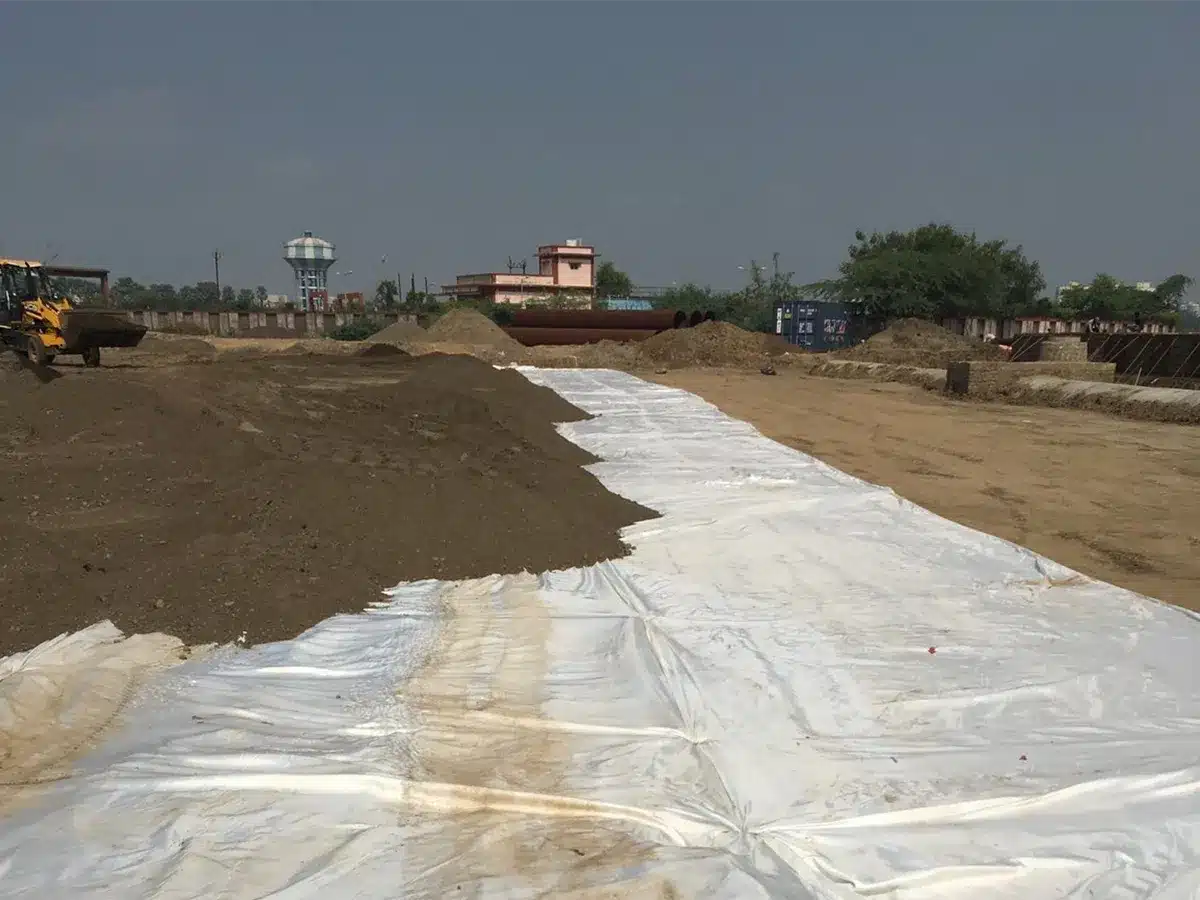Understanding geotextile cloth: Innovations in Modern Geosynthetics
The geotextile cloth plays a pivotal role in the advancement of geosynthetics, serving as a core component in engineering projects across the globe. In today’s construction and environmental management, the integration of such materials has revolutionized the way infrastructure is built and maintained.
What is Geotextile Cloth and How is It Manufactured?

Geotextile cloth is a synthetic permeable material produced from high-performance polymers such as polypropylene or polyester. Through processes like needle punching, heat bonding, or chemical treatment, these fibers are interlocked or bonded to form a durable fabric. The manufacturing process is critical in achieving the unique filtration, separation, and reinforcement properties required for diverse geotechnical applications.
How Is Geotextile Cloth Utilized in Infrastructure Projects?
Geotextile materials are indispensable in modern infrastructure projects. They are widely used to stabilize soil, prevent erosion, and enhance drainage systems in road construction, embankments, and retaining walls. For example, **Mordor Intelligence reports that the global geosynthetics market was valued at USD 8.2 billion in 2023, driven by extensive infrastructure development and the adoption of advanced drainage solutions (Source: Mordor Intelligence, 2024). The versatility of these materials makes them ideal for a range of engineering challenges.

What Are the Advantages of Using Geotextile Cloth in Geotechnical Applications?
The use of geotextile materials brings several engineering benefits, including:
- Enhanced durability: Resistant to chemical and biological degradation.
- Improved filtration and drainage: Facilitates water flow while retaining soil stability.
- Cost-effectiveness: Reduces the need for traditional construction materials and maintenance expenses.
These advantages contribute to more sustainable and long-lasting infrastructure, making geotextile cloth an essential investment for modern construction projects.
What Are the Emerging Trends in the Geosynthetics Industry?
The geosynthetics industry continues to evolve with key trends that are reshaping the market landscape. Growing emphasis on sustainability and environmental protection has spurred innovations in material science, leading to the development of more eco-friendly and high-performance geotextile products. Additionally, increasing urbanization and climate change challenges are driving demand for robust erosion control and drainage solutions. According to Grand View Research, the geosynthetics market is projected to register a CAGR of 7.5% from 2024 to 2030, underscoring the critical role of these materials in future infrastructure projects (Source: Grand View Research, 2024).
In summary, geotextile cloth remains a cornerstone of modern geosynthetics, combining advanced manufacturing, practical utility, and innovative market trends to address the evolving needs of the construction and environmental sectors.
Comments
Post a Comment